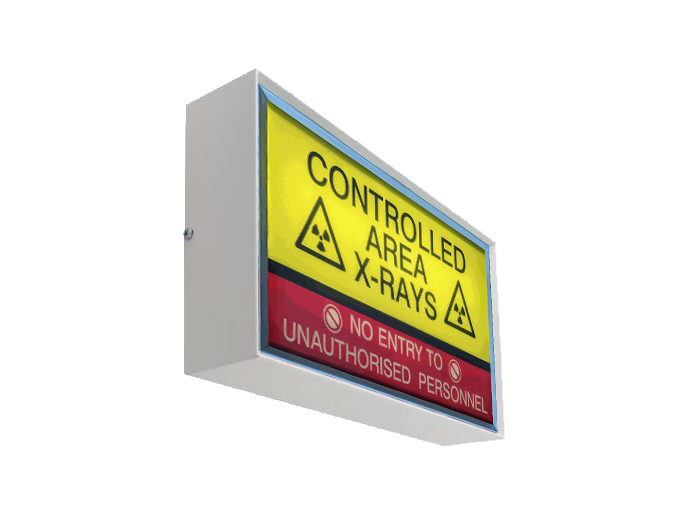
If you've ever entered a veterinary clinic, you've probably seen many equipment key to the medical care of our precious pets. One of the most common, yet often overlooked, components are the 'vet x-ray warning lights'. These warning lights are essential in guaranteeing the safety of both the veterinary staff and the animals in care. In this article, we'll dive deep into the realm of 'vet x-ray warning lights' and uncover their significance.
Understanding Vet X-Ray Machines
Before diving into the intricacies of the 'x-ray warning lights', it's essential to understand the primary tool they are associated with - the x-ray machine. Veterinary x-ray machines allow vets to view inside an animal's body. They can facilitate spot bone fractures, tumours, foreign objects, and other internal complications that might not be obvious from a physical examination alone.
However, as helpful as they are, x-ray machines release ionising radiation, which is harmful in excessive amounts. That's where the 'x-ray warning lights' come into play.
The Role of X-Ray Warning Lights in Veterinary Clinics
'X-ray warning lights' have a clear-cut yet essential function. They light up to signal when the x-ray machine is in operation, telling staff, visitors, and other animals to keep clear from the direct area. Here's why they're crucial:
Safety First: The foremost role of 'vet x-ray warning lights' is safety. They confirm that anyone in the vicinity understands when potentially harmful x-rays are being given off.
Preventing Unnecessary Exposure: Lengthy exposure to x-rays can be detrimental. By warning everyone in the vicinity, these warning lights perform a vital role in curtailing any unforeseen exposure.
Legal and Regulatory Compliance: In several jurisdictions, including the UK, the use of 'x-ray warning lights' is not just suggested but a legitimate requirement. Veterinary clinics are obligated to abide by particular safety protocols, with the use of warning lights being topmost among them.
Choosing the Right Vet X-Ray Warning Lights
If you're a clinic owner or a vet aiming to set up a new practice, it's important to purchase first-rate 'vet x-ray warning lights'. Here's what to consider:
Visibility: Make sure that the lights are clear enough to be seen from a distance, even in well-lit environments.
Durability: Veterinary clinics are lively environments. Invest in warning lights that can resist a bit of wear and tear.
Integration with X-Ray Machine: Some modern 'x-ray warning lights' can be merged with the x-ray machine to automatically turn on or off. Such harmonisation adds an extra layer of safety and convenience.
Maintenance and Checks
Consistent checks and maintenance of your 'vet x-ray warning lights' are vital to confirm they function accurately. A faulty light could cause unintended exposure. Verify that:
Routine Inspections are Carried Out: Review the lights daily before clinic operations commence.
Replace Faulty Bulbs Swiftly: Don't linger for a bulb to die completely. If you spot it lessening or flickering, it's time for a replacement.
Test for Synchronisation: If your warning light is connected with your x-ray machine, regularly test to make sure they sync suitably.
'X-ray warning lights' in veterinary clinics may seem like basic devices, but they act as a crucial role in ensuring the safety of both the staff and the animals. They serve as silent guardians, guarding everyone from excessive radiation exposure. Whether you're a vet, a pet owner, or a concerned individual, acknowledging the importance of these lights and guaranteeing they function rightly is important.
If you're keen to discover more about x-rays in veterinary practice or are on the hunt for first-class 'vet x-ray warning lights', we invite you to visit xray4vets. With a multitude of information and products crafted for the veterinary world, it's your go-to destination for all things x-ray related. Safe practices affirm a safer environment for everyone involved, so always underestimate the significance of that small warning light!"